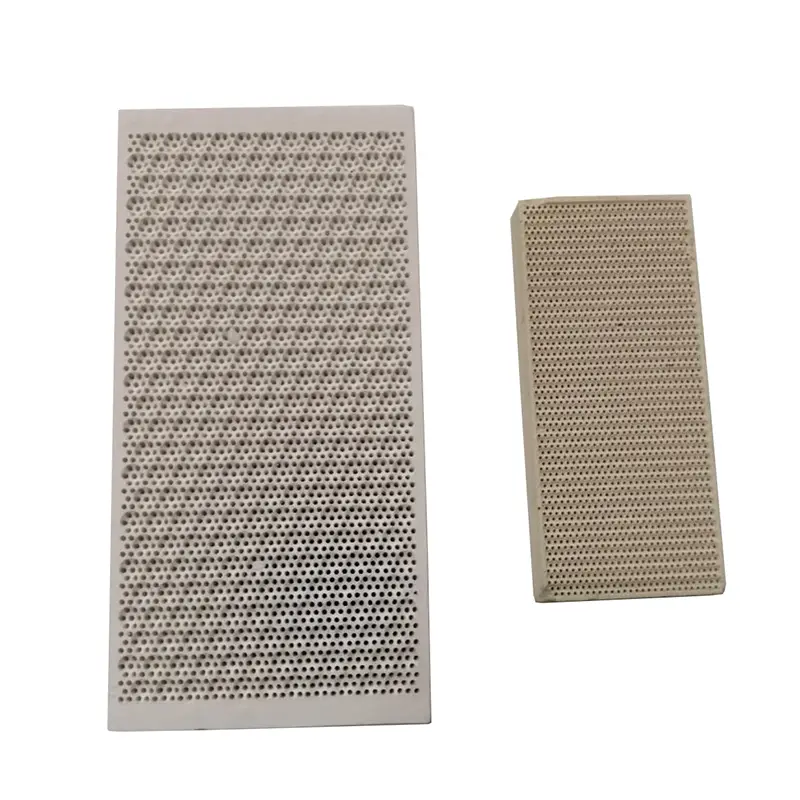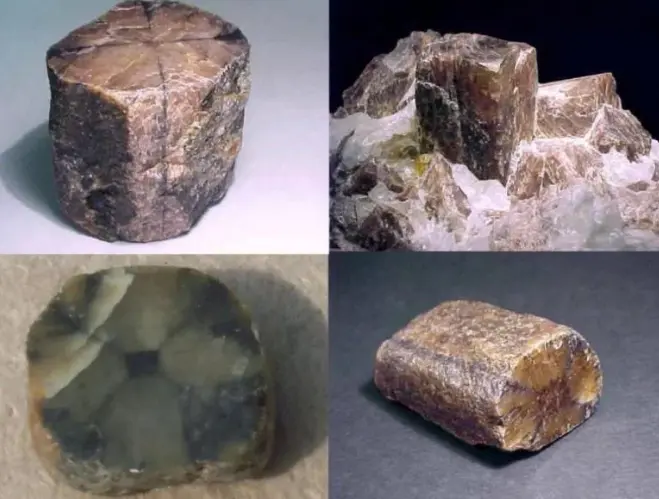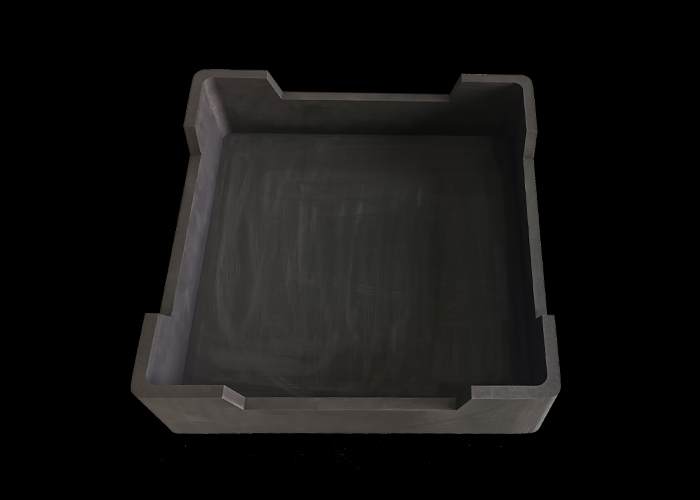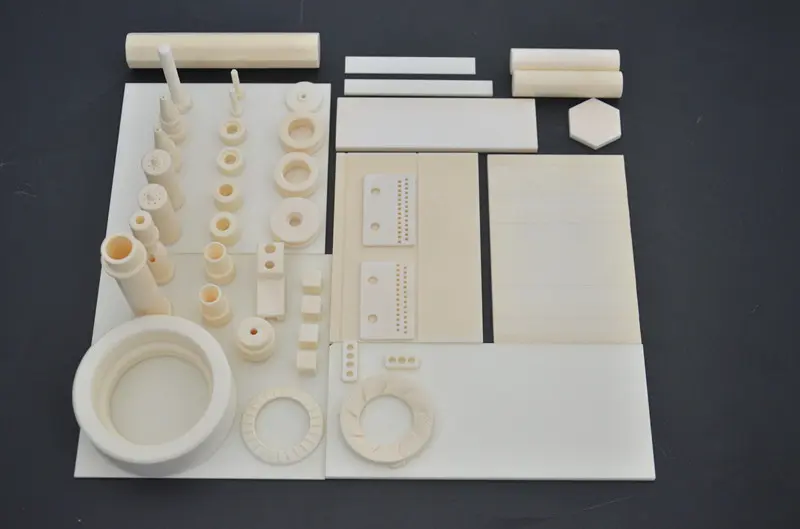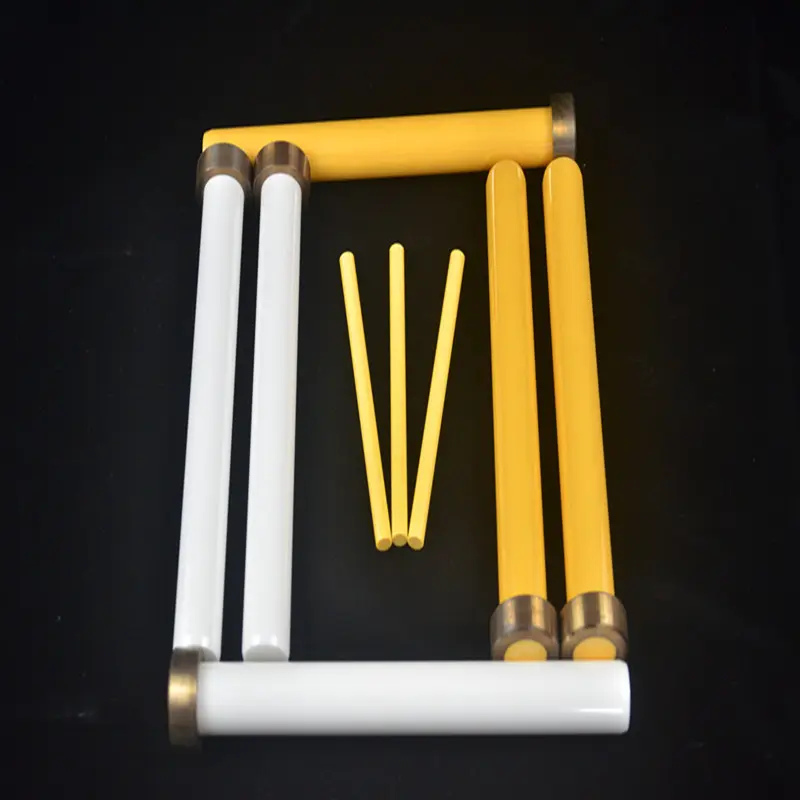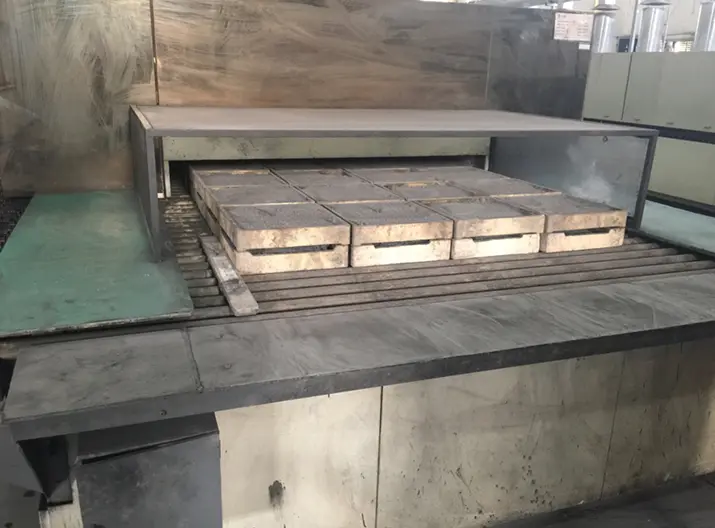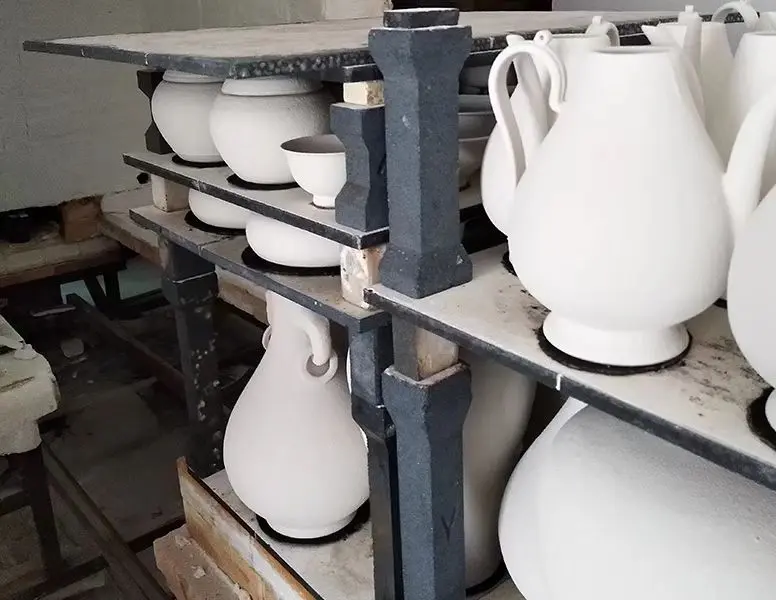Extrusion Molding of Cordierite Kiln Furniture: Methods, Characteristics, and Applications
Extrusion Molding Method:
-
Paste Preparation: Fine, carefully proportioned cordierite precursor powders (often including talc, clay, alumina, and silica) are mixed with water and organic binders (e.g., methylcellulose) to form a plastic, homogeneous, and de-aired paste with specific rheology (thixotropic behavior).
-
Extrusion: The paste is forced under high pressure through a steel die using either a piston or, more commonly, a screw auger. The die profile precisely defines the cross-sectional shape of the product. For Kiln Furniture, dies often create cellular structures (honeycombs, channels) or solid profiles with specific contours.
-
Shaping & Cutting: The extruded continuous column ("green" body) emerges from the die and is cleanly cut to the required length using wires or blades, sometimes on a moving belt.
-
Drying: Cut pieces undergo controlled drying (often humidity-controlled) to slowly remove moisture without warping or cracking.
-
Firing: Dried pieces are fired in kilns at high temperatures (typically 1300-1400°C) to achieve sintering, phase transformation (forming the desired cordierite crystal structure), and densification. Precise temperature control is critical for optimal properties.
Key Characteristics (Resulting from Extrusion):
-
Complex Geometry: Enables production of intricate shapes (hollow cores, internal ribs, channels) unachievable by simple pressing, maximizing strength-to-weight ratio and thermal efficiency.
-
Uniform Structure: Produces highly homogeneous microstructure with consistent density and pore distribution along the length, crucial for predictable thermal and mechanical performance.
-
Directional Strength: The extrusion process aligns clay platelets and particles, leading to slightly anisotropic properties, generally offering high strength along the extrusion direction.
-
Excellent Thermal Shock Resistance: The inherent low thermal expansion coefficient (CTE) of cordierite, combined with the uniform structure achieved by extrusion, provides exceptional resistance to cracking during rapid heating and cooling cycles.
-
High Refractoriness & Chemical Stability: Suitable for continuous use in oxidizing atmospheres up to ~1250°C. Resists chemical attack from glazes, fluxes, and furnace atmospheres.
-
Low Thermal Mass & Conductivity: The cellular structures achievable via extrusion minimize mass and heat storage, improving kiln energy efficiency and reducing cycle times.
-
Mechanical Strength: Offers sufficient load-bearing capacity at high temperatures for supporting ware in industrial kilns.
Primary Applications:
Extruded Cordierite Kiln furniture is indispensable in industries requiring high-temperature thermal processing:
-
Ceramic Firing: Widely used as setters, plates, beams, posts, and saggers in tunnel kilns, roller hearth kilns, and shuttle kilns for firing tiles (porcelain, stoneware), sanitaryware, tableware, Technical Ceramics, and refractories.
-
Powder Metallurgy: Serves as trays and supports for sintering metal parts.
-
Catalyst Supports: While distinct from kiln furniture, the extrusion process is also fundamental for manufacturing cordierite honeycomb substrates used in automotive catalytic converters and diesel particulate filters, leveraging similar material properties.
-
Glass Processing: Used in some annealing lehrs or for supporting glass during forming/tempering.
Conclusion:
Extrusion molding is the dominant and highly effective method for manufacturing advanced cordierite kiln furniture. It delivers the precise geometries, exceptional thermal shock resistance, structural integrity, and thermal efficiency required for demanding high-temperature industrial applications. The process enables the creation of lightweight, durable components that significantly contribute to the productivity and energy efficiency of modern kilns across the ceramics, metallurgy, and glass industries.


